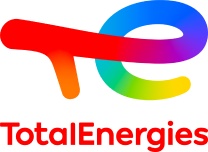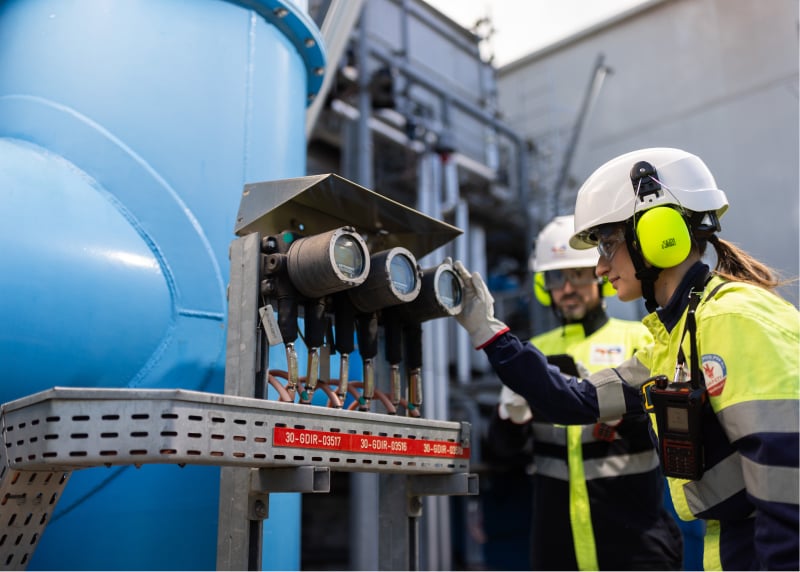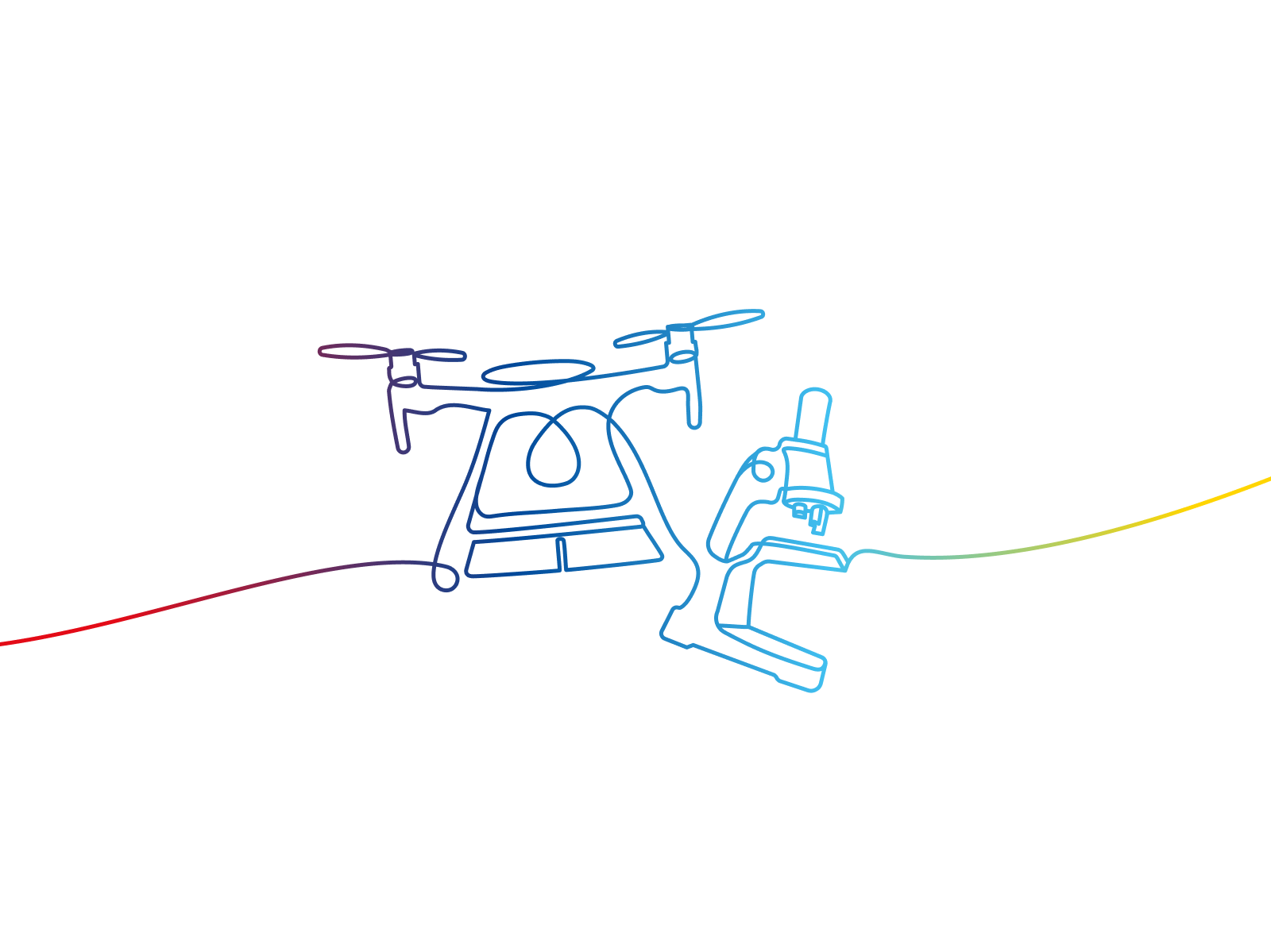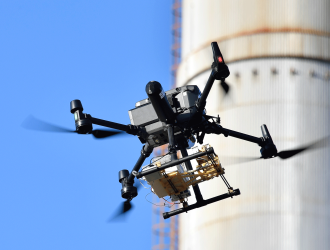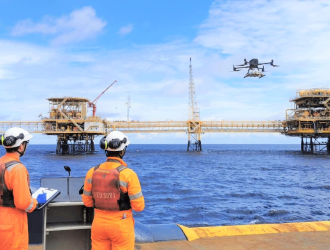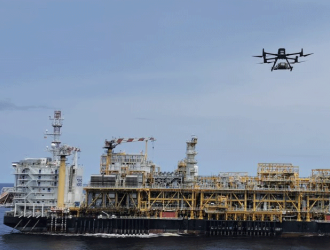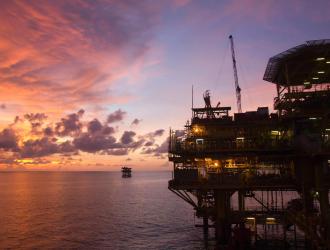Location: Worldwide
Partners: TotalEnergies, CNRS, University of Reims Champagne-Ardenne
Main activity: Detection and measurement of methane and carbon dioxide emissions
Commissioning: 2022
-80%
Our target for reducing methane emissions in 2030 compared with 2020

Methane emissions have many dispersed sources (animal husbandry, fossil fuel production and combustion, transportation, decomposing waste, etc.). As a pioneer in detecting and quantifying emissions in real-life conditions, TotalEnergies is using the AUSEA technology developed in cooperation with the French National Centre for Scientific Research (CNRS) and the University of Reims Champagne-Ardenne. It is one of the means we are using to reach our objective of near-zero methane emissions from our operations by 2030.
Methane is a greenhouse gas with a global warming potential 28 times higher than that of CO2 and a much shorter atmospheric lifetime. Reducing methane emissions is a priority, and TotalEnergies intends to establish an exemplary track record in this area.
Since 2017, we have been working with the CNRS and the University of Reims Champagne-Ardenne to develop the AUSEA technology (Airborne Ultralight Spectrometer for Environmental Applications) to detect and quantify methane and carbon dioxide emissions.
AUSEA: a solution for detecting and measuring emissions
The AUSEA technology comprises a drone-mounted ultralight CO2 and CH4 sensor for ensuring access to hard-to-reach emission points while delivering readings with the highest precision. The sensor features a diode laser spectrometer and is capable of detecting and quantifying methane emissions with a high level of accuracy (> 1 kg/h).
In 2022, a first campaign to detect and measure emissions on site in real-life conditions covered 95% of operated sites(1) in the upstream sector. More than 1,200 AUSEA flights were carried out in 8 countries to cover 125 sites.
The long-term objective is to use the technology as part of a seamless and autonomous system. To achieve this aim, the research teams are looking to develop an unmanned drone navigation system with data automatically streamed to the servers, as well as instantaneous data processing and reporting capabilities. Automating the system will deliver immediate results to local operators at the facilities and increase the number of flights.
In addition to detection campaigns at our operated sites, we are making AUSEA technology available to certain operators to enable them to carry out targeted detection campaigns on their own sites. This is a concrete action to encourage the entire sector, especially national companies, to move towards zero methane emissions.
Our objective: near-zero methane emissions by 2030
Between 2010 and 2020, we halved our methane emissions by spearheading an action program targeting each of the emission sources at our assets (flaring, venting, fugitive emissions and incomplete combustion) and reinforcing the design criteria for our new facilities. To go even further, we are committed to a 50% reduction in our methane emissions by 2025 (achieved a year ahead of schedule) and 80% by 2030 compared to 2020 levels.
These targets cover all our operated assets and go beyond the 75% reduction in methane emissions from coal, oil and gas between 2020 and 2030 outlined in the IEA's Net Zero Emissions by 2050 scenario.
